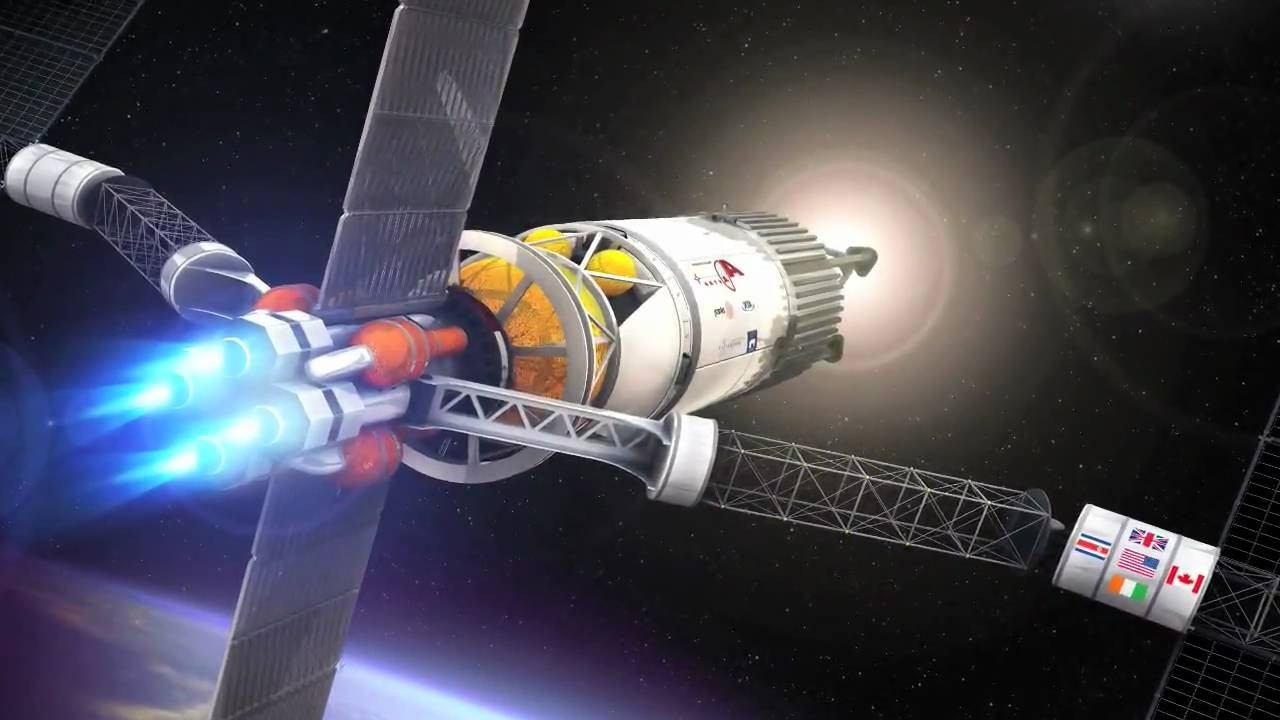If these new propulsion systems work…
With the successful test of the early EM Drive the talk of future interstellar travel gets interesting.
Interstellar travel is one of the most debated and fascinating topics in science fiction as well as science. The closest star is 4.37 light years away and it seems to be the most likely scenario should any of these new propulsion systems get more sophisticated!
Alpha Centauri is actually two stars, A and B, one slightly larger and more luminous than our own sun, the other slightly smaller.
The two stars orbit one other, swinging in as close as Saturn is to our Sun… then back out to the distance of Pluto. This means that any outer planets in this system… anything beyond, say, the orbit of Mars… would likely have been pulled away by the companion and flung out into space.
For this reason, Alpha Centauri was not high on planet hunters’ lists… until they began studying a star 45 light years away called “Gamma Cephei.” It has a small companion star that goes around it every 76 years. Now, it seems… it also has at least one planet.
Let’s find out how this could be possible or not in the video on the next page

Article goes off the right side of the page where you can’t see the last few words of each line on my kindle.
No
Why no habital planets
Wouldn’t count your chickens just yet. Propulsion, and although this is fast, is only one of many factors to be considered for long duration space flight. We’re not there yet folks.
They would appear to be somewhat rate, and nowhere in our neighborhood.
Well, not sure how that will work.
It was with the TR-3B and that was decades ago.
Get informed.
We were there 50 years ago folks…
Electrogravitic craft were built 50 years ago and have been to the moon, Mars, and far beyond.
Amazing to even be considered, i hope we can make the leap!